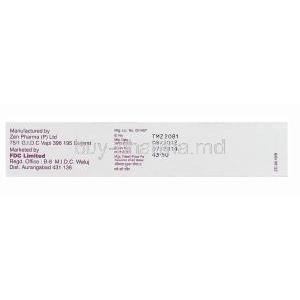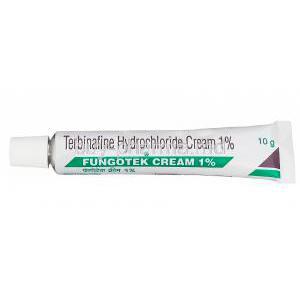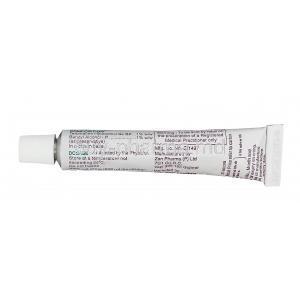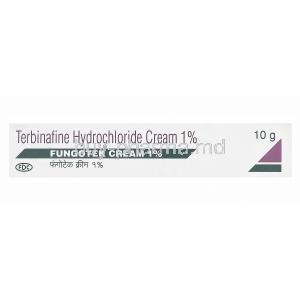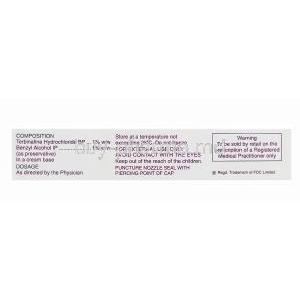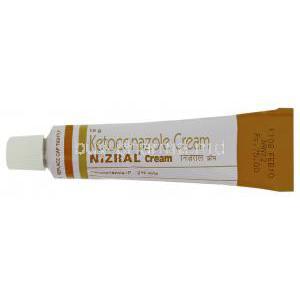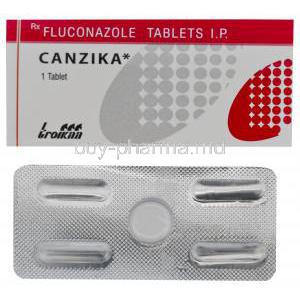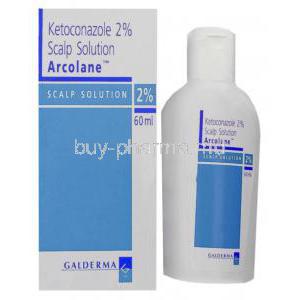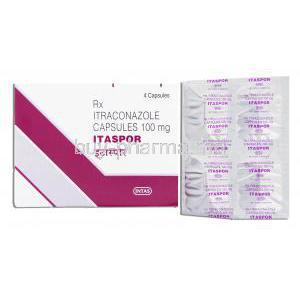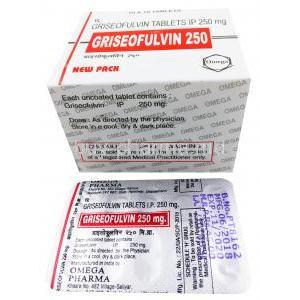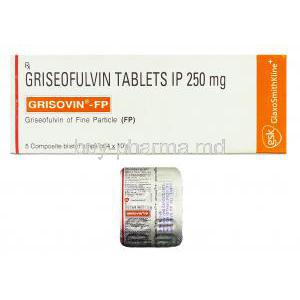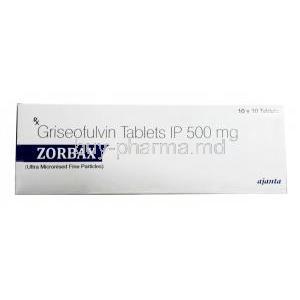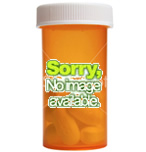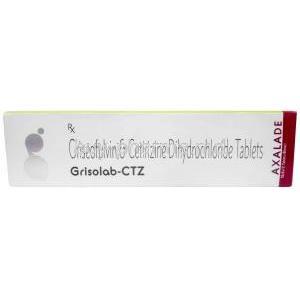Introduction
Overview of Fungotek Cream
Fungotek Cream is a topical antifungal formulation designed to target superficial fungal infections of the skin. With its potent action against dermatophytes and yeast infections, it stands as a reliable option for patients seeking rapid relief from itching, scaling, and irritation. Its ease of use and localized application make it an indispensable addition to dermatological therapy.
Importance of Antifungal Therapies in Dermatology
Fungal infections affect millions worldwide, causing discomfort and often recurring if left untreated. Antifungal therapies are essential in managing these conditions effectively, reducing the risk of spread and recurrence. Topical agents like Fungotek Cream offer focused action, minimizing systemic side effects while ensuring therapeutic efficacy.
Role of Terbinafine Hydrochloride as the Active Ingredient
The cornerstone of Fungotek Cream is terbinafine hydrochloride, a highly effective allylamine antifungal. It is well recognized for its fungicidal properties, targeting the underlying cause rather than merely alleviating symptoms. By attacking fungal metabolism at its root, terbinafine ensures both symptomatic relief and long-term resolution of infections.
Composition of Fungotek Cream
Active Ingredient: Terbinafine HCl Concentration
Each formulation of Fungotek Cream contains a clinically established concentration of terbinafine hydrochloride, carefully calibrated to eradicate common skin fungi without causing harm to surrounding healthy tissue.
Inactive Ingredients and Excipients
The cream includes a range of stabilizers, emulsifiers, and moisturizing agents. These excipients maintain the cream’s consistency, improve absorption, and help prevent dryness or irritation of the skin during treatment.
Pharmaceutical Formulation and Topical Properties
The smooth, easily spreadable formulation is optimized for dermal penetration, ensuring even distribution over the affected area. Its non-greasy texture promotes patient compliance and comfort throughout treatment.
How Fungotek Cream Works (Mechanism of Action)
Inhibition of Squalene Epoxidase Enzyme
Terbinafine exerts its antifungal effect by inhibiting the squalene epoxidase enzyme, a critical step in ergosterol biosynthesis. Ergosterol is vital for fungal cell membrane integrity, and its disruption leads to cellular collapse.
Disruption of Fungal Cell Membrane Synthesis
As ergosterol levels diminish, fungal cells lose their protective barrier, making them vulnerable to osmotic stress and environmental damage. This targeted disruption ensures a rapid decline in fungal viability.
Fungicidal vs. Fungistatic Activity
Unlike many antifungals that are merely fungistatic, terbinafine is fungicidal against most dermatophytes. This means it not only halts growth but actively destroys the fungal organisms, leading to quicker and more complete resolution.
Spectrum of Activity Against Dermatophytes, Yeasts, and Molds
The therapeutic reach of Fungotek Cream extends across dermatophytes such as Trichophyton, Microsporum, and Epidermophyton, as well as yeasts like Candida albicans. It also exhibits activity against certain non-dermatophyte molds, broadening its clinical utility.
Medical Uses of Fungotek Cream
Primary Indications
- Athlete’s foot (tinea pedis): Relieves itching, burning, and cracking between the toes.
- Jock itch (tinea cruris): Alleviates redness, irritation, and discomfort in the groin area.
- Ringworm (tinea corporis): Clears circular, scaly lesions on the skin.
- Cutaneous candidiasis: Effective against yeast-related skin infections.
- Tinea versicolor: Reduces discolored patches caused by fungal overgrowth.
Off-Label Uses
- Onychomycosis adjunctive therapy: Sometimes used alongside oral antifungals for nail infections.
- Recurrent intertrigo caused by Candida: Applied in cases of persistent skin fold infections.
- Fungal superinfections in eczema or psoriasis: Helps manage secondary fungal colonization in compromised skin.
Dosage and Administration Guidelines
Recommended Dosage for Common Fungal Infections
A thin layer of Fungotek Cream should be applied directly to the affected area and surrounding skin once or twice daily, depending on medical advice and severity of infection.
Frequency of Application
Most infections respond well to once-daily application; however, severe cases may require twice-daily use to accelerate therapeutic effects.
Duration of Treatment for Skin and Nail Conditions
Typical treatment durations range from one to two weeks for skin infections. In cases of nail involvement or chronic fungal disease, extended application may be recommended as supportive therapy.
Proper Application Techniques
For optimal results:
- Clean and thoroughly dry the affected area.
- Apply a thin, even layer of the cream.
- Wash hands after application to avoid fungal spread.
Advice for Missed Doses or Premature Discontinuation
If a dose is missed, it should be applied as soon as remembered. Premature discontinuation should be avoided, as this may result in relapse or incomplete resolution of infection.
Administration in Special Populations
Elderly Patients: Absorption, Skin Integrity, Tolerability
In older adults, skin tends to be thinner and more fragile. While systemic absorption is minimal, care should be taken to avoid excessive use and monitor for irritation.
Pregnant Women: Safety Profile, Risk Assessment, Precautionary Advice
Animal studies have shown no major teratogenic risks, but human data remain limited. Application should only be considered if the expected benefit outweighs potential risks during pregnancy.
Nursing Mothers: Breastfeeding Considerations, Local vs Systemic Absorption Risk
Because of the low systemic absorption, topical terbinafine poses minimal risk to nursing infants. However, direct application on the breast area should be strictly avoided to prevent infant exposure.
Children: Age-Specific Safety, Recommended Use, Limitations in Infants
Fungotek Cream is generally well tolerated in children over 12 years. In infants and younger children, safety data are limited; use should be guided strictly by medical supervision.
Side Effects of Fungotek Cream
Common Side Effects
Most individuals tolerate Fungotek Cream well, but mild adverse reactions may appear at the site of application. These effects are generally short-lived and self-resolving.
- Redness, itching, burning sensation: A transient response as the skin adapts to the medication.
- Mild skin dryness or irritation: Occurs in some patients, often alleviated by avoiding harsh soaps or cleansers during treatment.
Serious but Rare Adverse Reactions
Although uncommon, more severe reactions may arise and warrant medical attention.
- Allergic dermatitis: Characterized by rash, swelling, or persistent itching that may require discontinuation.
- Severe skin reactions: Extremely rare cases of Stevens-Johnson syndrome or toxic epidermal necrolysis have been reported with antifungal use.
- Liver-related concerns: While topical application has minimal systemic impact, caution is needed if oral terbinafine is prescribed simultaneously due to cumulative hepatic strain.
Drug Interactions
Minimal Systemic Absorption and Low Interaction Risk
Because Fungotek Cream acts locally, systemic drug interactions are highly unlikely. The skin barrier limits significant absorption into the bloodstream.
Potential Interaction with Other Topical Medications
Concurrent use of other topical antifungals or corticosteroids may alter efficacy. Layering multiple treatments without guidance can reduce therapeutic outcomes or heighten irritation.
Precaution with Concurrent Oral Terbinafine Therapy
Patients already receiving systemic terbinafine should inform their healthcare provider before adding topical therapy. While not inherently dangerous, cumulative exposure requires assessment.
Possible Interference with CYP2D6 Substrates
If unusually high absorption occurs, terbinafine can influence the metabolism of drugs processed through CYP2D6, including certain antidepressants and beta-blockers. Though rare, awareness is prudent.
Warnings and Contraindications
Known Hypersensitivity
Fungotek Cream must not be used by individuals with known hypersensitivity to terbinafine or any excipients in the formulation.
Contraindication in Active Liver Disease
While this caution is primarily associated with oral terbinafine, patients with active liver disease should discuss all antifungal use with their physician, even topical formulations.
Caution in Chronic or Widespread Fungal Infections
Extensive fungal infections may require systemic antifungal therapy. Relying solely on topical application may delay effective treatment.
Risk of Worsening Skin Irritation
Overuse, misuse, or application on sensitive areas can exacerbate irritation, leading to delayed healing or secondary complications.
Careful Administration and Important Precautions
Avoiding Application on Sensitive Areas
The cream should not be applied to eyes, mucous membranes, or open wounds, as this may trigger stinging, burning, or systemic absorption.
Precautions with Occlusive Dressings
Covering treated areas with airtight dressings increases absorption and irritation risk. Use only under medical guidance.
Ensuring Full Course Completion
Stopping treatment too early, even if symptoms subside, increases the chance of recurrence. Complete adherence is vital for success.
Hygienic Measures to Prevent Reinfection
- Wash clothing, socks, and towels regularly.
- Keep footwear clean and dry.
- Avoid sharing personal items to prevent fungal spread.
Overdose and Handling Precautions
Risks of Excessive Topical Application
Applying more than the recommended amount does not accelerate healing. Instead, it raises the risk of irritation and contact dermatitis.
Symptoms of Accidental Ingestion
If swallowed, terbinafine may cause nausea, gastrointestinal upset, dizziness, or headache. Immediate medical evaluation is recommended.
Emergency Measures in Case of Overdose
Seek urgent care for ingestion or severe adverse reaction. Supportive care and symptomatic treatment are usually sufficient.
Safe Handling and Disposal
Unused or expired cream should be discarded safely, away from children and pets. Do not flush into water systems unless instructed.
Storage Instructions
Recommended Storage Temperature and Humidity
Store at controlled room temperature, generally between 20–25°C, away from moisture.
Shelf-Life and Expiration Guidance
Adhere to the expiration date provided on the packaging. Expired products may lose potency or cause irritation.
Protection from Direct Sunlight and Heat Sources
Keep the tube away from direct sunlight, radiators, or other sources of excessive heat, as these may degrade the formulation.
Proper Closure of Tube
Always replace the cap tightly after each use. This prevents contamination and maintains product stability.
Conclusion
Fungotek Cream provides an effective and well-tolerated treatment for a variety of superficial fungal infections. Its targeted action enhances healing, alleviates discomfort, and prevents recurrence when used as directed. By adhering to recommended precautions, patients can maximize therapeutic benefits, safeguard skin health, and improve overall quality of life.


